Lampshades on lighting fixtures perform two functions at once: decorative, hiding a not too attractive light bulb, and functional – they protect from too bright light. Our site of tips decided to figure out what lampshades are, what they can be made of, how to care for them.
From french abat-jour translates as “dimmer”. Or “light breaker”. This directly indicates the main function of this part of most luminaires. Agree that you don’t often come across just a lamp, without a lampshade, so this detail is actually very important.
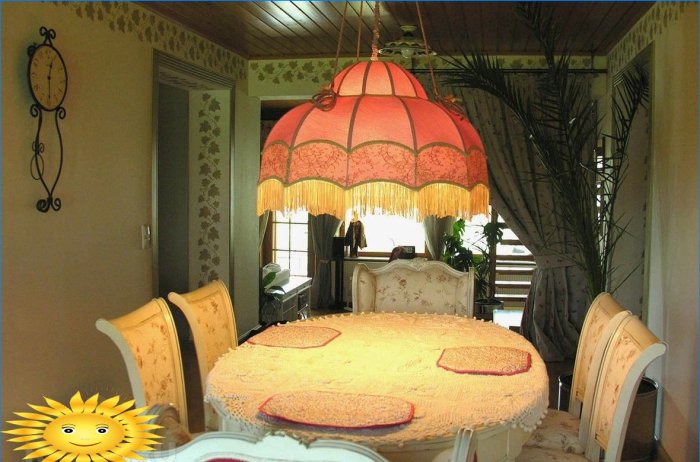
First, let’s figure out what lampshades can be, because there are a lot of varieties!
Main types:
- Hanging, on chandeliers and sconces.
- Tabletop.
- Floor – floor lamps, a selection of which the portal has already brought you.

Everything is clear with the sizes of lampshades, they are divided into:
- Big ones. Most often suspended, under the ceiling. Think of the huge lampshades above the welcoming dining table. Or massive chandeliers in the center of a spacious living room.
- Average. They can be of any kind, located both on the table and on the ceiling lamp, and on the floor. Note that this option is the most common..
- Mini. Often used on chandeliers with many arms and many lamps. Or as a frame for a small reading lamp.

By design, lampshades are:
- On a plastic backing. It is impossible to create models of complex shapes, but there is no metal frame, the role of which is played by the substrate. One welded seam, fixation circles are attached at the base.
- Sewn. They can be of very different forms, including very complex ones. There can be many seams.
A lightweight sewn lampshade can be attached with a clip to the bulb itself, but more often the attachment to the top ring is used. For heavy lampshades, two rings are needed, such a mount is often found in floor lamps..
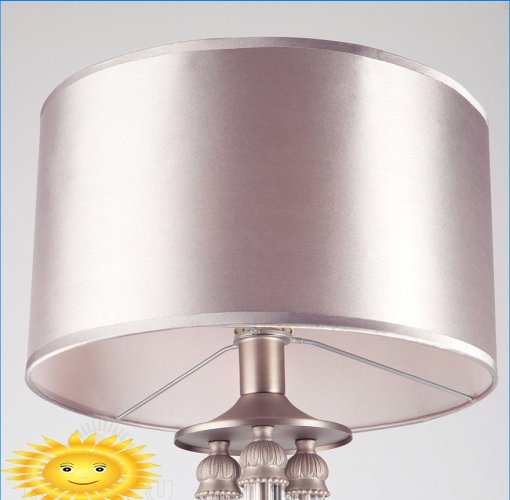
Shades can be very different in shape:
- Classic cylinder, concave and long cylinders.
- Ball, round lampshade.
- Cooley is also a ball, but with holes.
- Crinoline.
- Straight and concave empire style.
- Tiffany, with or without scallops.
- Oval.
- Square.
- The cube and other geometric shapes are already a modern version..
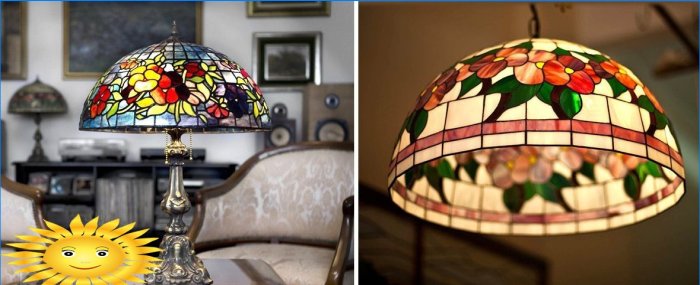 Lampshade-Tiffany
Lampshade-Tiffany
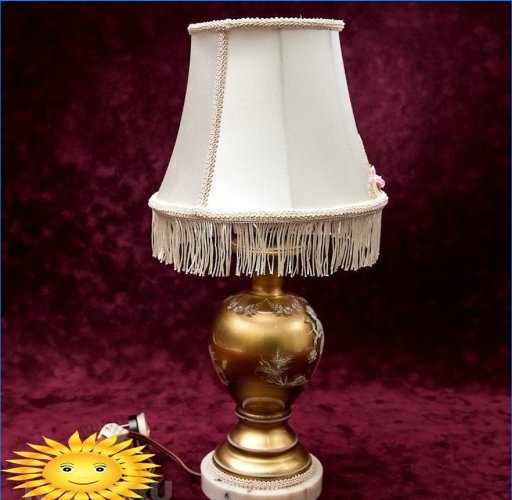 Crinoline lampshade, always looks like a skirt
Crinoline lampshade, always looks like a skirt
 Ball shaped chandeliers
Ball shaped chandeliers
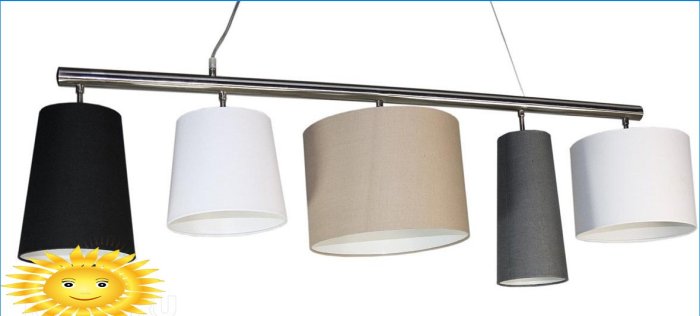 Cylinders of different shapes
Cylinders of different shapes
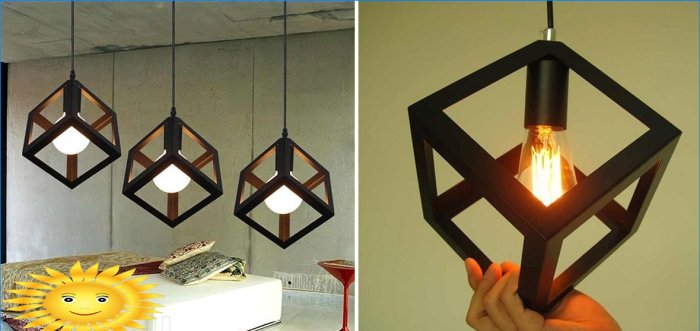 Pendant lamp cube
Pendant lamp cube
Note that the frame for the lampshade is most often metal, it can be hidden, or it can act as part of the decor, if made, for example, of copper. We have already mentioned the plastic backing. She herself can become a lampshade if she does not fit anything.
Otherwise, lampshades are most often made from the following materials:
- Fabric. Some of the simplest and most common. They can be expensive, silk, cheap – linen, organza – in oriental style.
- Lace. In general, this is also a textile, but more sophisticated, exclusive, especially if the lace is handmade. These lampshades always cast whimsical shadows for an extra decorative effect..
- Braided, rattan, thread, whatever.
- Paper, including those made using origami technique.
- Wooden. Can be seen in the bathhouse, sauna, ethnic or eco-style interior.
- Glass. Classic. They can be very different in color, transparent and matte, with carved details and bubbles inside. Actually, such lampshades are usually called plafonds..


Colors, shades, lampshade styles are truly unlimited. They can be incredibly different. According to the designers, it is best to choose a lamp with a lampshade after the completion of the renovation, which will allow you to choose an option that is ideal for the created interior..
Care of lampshades depends on what material they are made of. The easiest way is to dust off and wipe the glass. If necessary, such a glass shade can be removed and “bathed” in water and soap. The wood is cleaned with polish, fabric lampshades are vacuumed, in case of severe dirt they are washed with a soft sponge and soapy water.

What are the different types of lampshades available in the market? Can you explain their features and differences? Also, what are some common materials used for making lampshades?
Can you please provide more information about lampshade types, features, and materials? I would like to know the different options available and what their characteristics are.